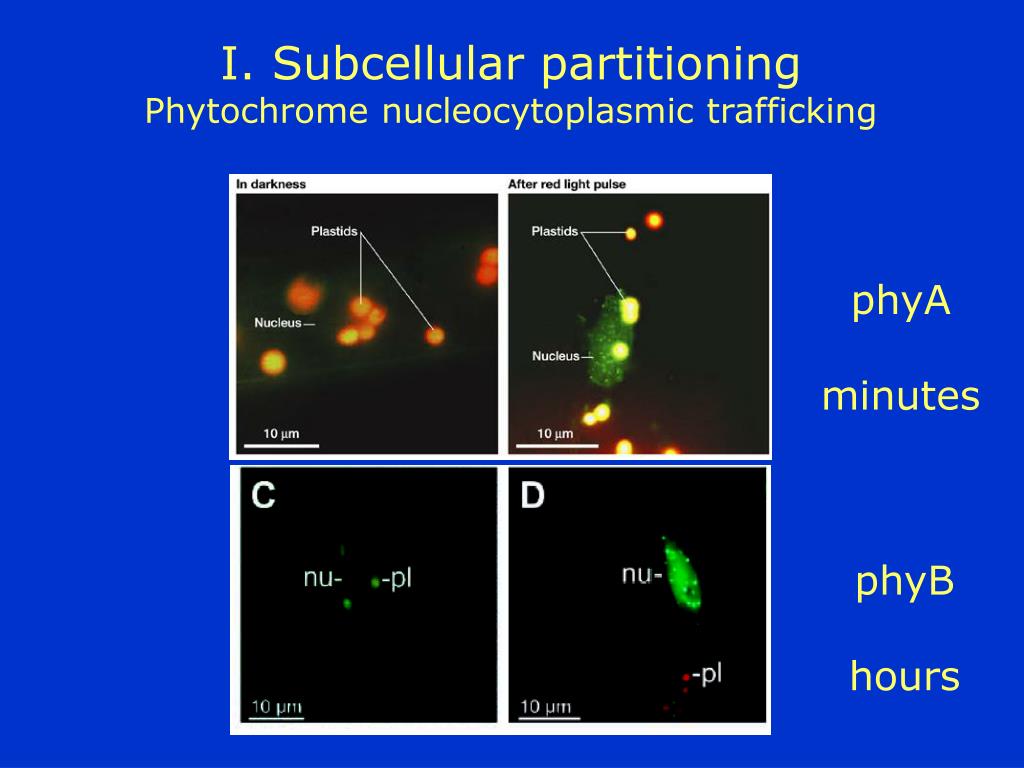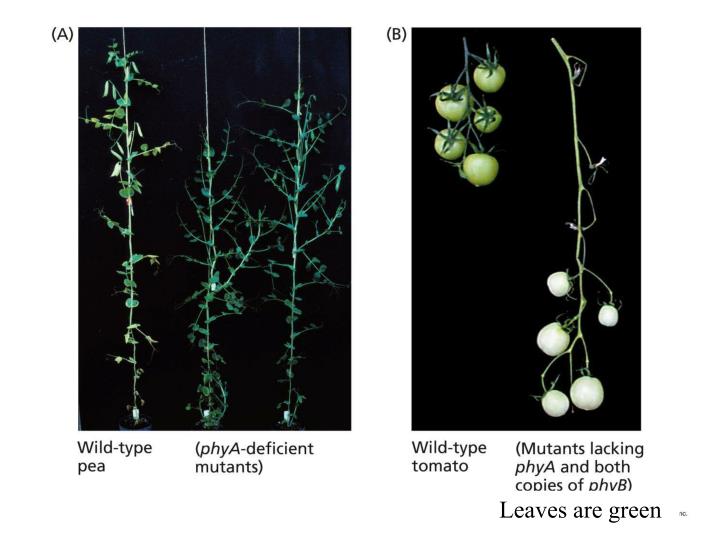

An emerging view from this is that phytochrome signalling is separated into several subcellular organelles and that these are interconnected in order to execute accurate responses to changes in the light environment. In addition, proteasome-mediated degradation of signalling intermediates most probably act in concert with subcellular partitioning events as an integrated checkpoint. Moreover, detailed characterization of signalling intermediates has demonstrated that various branches of the signalling network are spatially separated and take place in different cellular compartments including the nucleus, cytosol, and chloroplasts. The discovery that some phytochromes and signalling intermediates show light-dependent nucleo-cytoplasmic partitioning has not only led to the suggestion that early signalling events take place in the nucleus, but also that subcellular localization patterns most probably represent an important signalling control point. However, through a combination of molecular, genetic and cell biological approaches, it is becoming increasingly evident that phytochrome signalling constitutes a highly ordered multidimensional network of events.

Phytochrome signal transduction has in the past often been viewed as being a nonspatially separated linear chain of events.


 0 kommentar(er)
0 kommentar(er)
